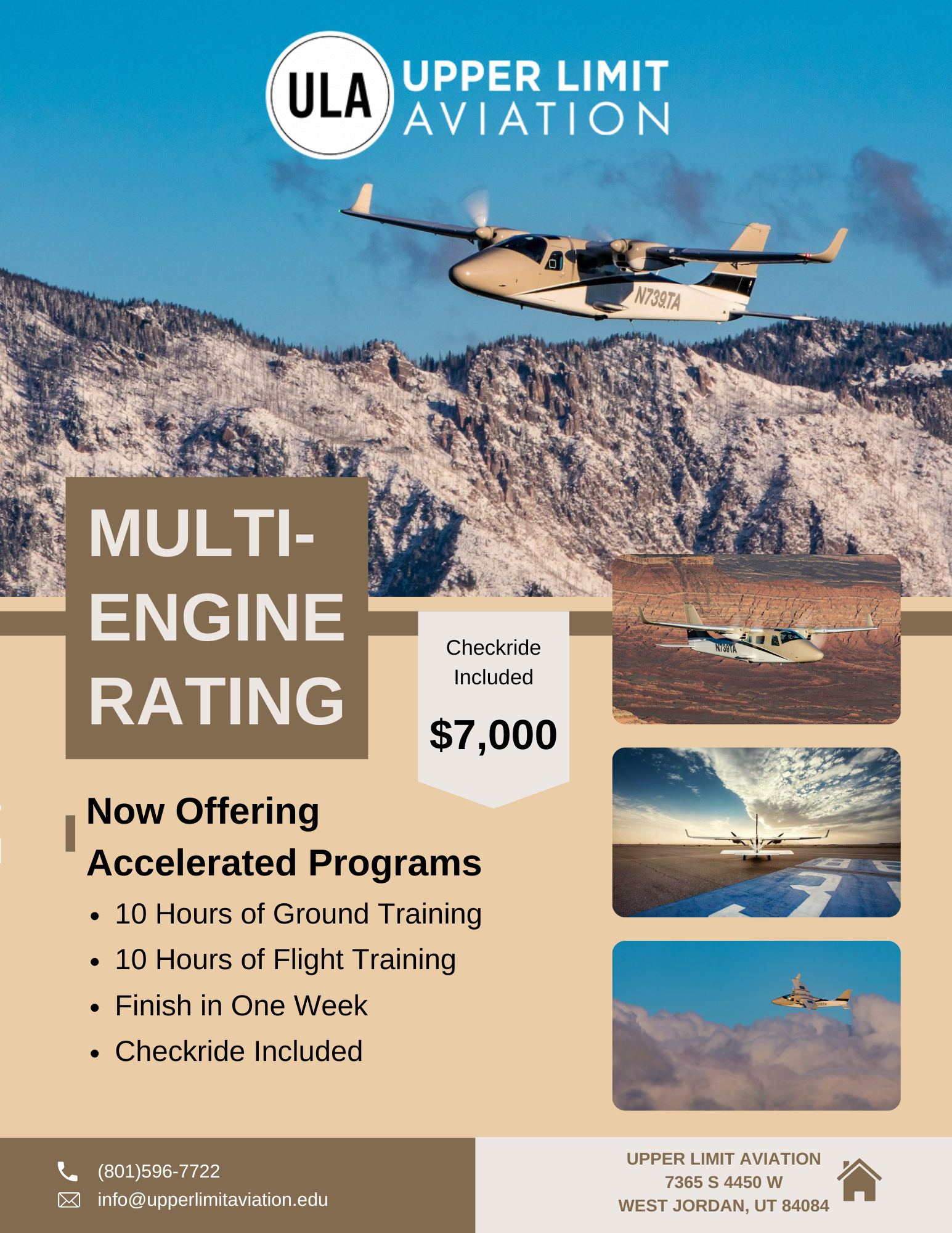Dealing With Bird Strikes
A bird strike can ruin a bird’s day as well as your own. Vern Weiss At about 3:30 on a chilly 20-degree New York afternoon, USAirways A320 took off from LaGuardia’s runway 4 with its first officer at the controls. Few are not familiar with the “Miracle on the Hudson,” after hearing the somber reports […]
How The Grand Canyon Mid-Air Collision Changed ATC
A retrospective of the tragic Grand Canyon mid-air collision, and how air traffic control and flight safety changed drastically from one event. Shawn Arena I think all of us regardless of profession or interests, can instantly recall dates of certain events in our lifetimes that still resonate many years later: Assassination of President Kennedy (11/22/63), the beginning […]
Using the PAVE Checklist As a Pilot
Using the PAVE checklist is necessary when flying off pavement in Montana’s last, best airspace. Richard G. Wissenbach It’s hard to beat flying from Montana’s Bitterroot Valley. It seems only logical that a state known as the “Last Best Place” would also have some pretty incredible flying. It doesn’t hurt that it borders Idaho, “A Pilot’s […]
The GPS Jammer: Understanding This Aviation Hazard
The FCC Is Cracking Down On GPS Jammer Use Amber Berlin With the ease and affordability of obtaining a GPS jammer on the internet, the average citizen can create chaos, often unaware of the extent of GPS usage and the widespread effect their personal jamming will have. This is bad news for aviation, as many […]
Reviewing Aviation Insurance Options For Pilots
This is the second part of a two-part article exploring the available aircraft and aviation insurance options available to pilots. Click here to read part 1. Dr. Mary Ann O’Grady Approved Use Insurance Approved-Use insurance covers reimbursement by non-owners who use an aircraft. Approved-Use insurance is similar to the approved-pilot clause since no specific premium is […]
I Was a New Private Pilot, Flying Small Aircraft In Busy Airspace
The Night I Flew a “Heavy” … Make that a “Cessna Heavy” Shawn Arena This article is similar in nature to the previous flight experiences that I have documented for you. As a newly minted private pilot, this experience taught me how to successfully navigate the fast-paced ground and air portions of flying small aircraft into one […]
Why Pilots Need To Know About The Mesoscale Convective Complex
Beware. The Mesoscale Convective Complex feeds on itself and grows like rapidly-spreading cancer. Vern Weiss It is called the Mesoscale Convective Complex and pilots should be keenly aware of the term when it appears in a weather briefing. Of course, all thunderstorms require caution but what makes the MCC so nasty is that it becomes […]
When To Declare an In-Flight Emergency
Declaring an in-flight emergency is not something to take lightly. Play this trump card if you need it but only if you need it. Vern Weiss What is an emergency? The FAA defines it as a “distress or urgency condition.” H-m-m-m…so would “I have to get home because the Super Bowl starts in ten minutes” […]
Why a Pre-Flight Discussion With Passengers Is Important
Don’t forget to take the Dramamine before you fly… not after. Shawn Arena This article highlights the importance of a dialogue with your first time and even seasoned passengers before flying, a sort of pre-flight discussion. You should be prepared to inform them of all aspects of the upcoming flight, and don’t forget to ask […]
Dealing With Lost Communications on an IFR Flight Plan
John Peltier A communications failure can be a scary thing – even on a beautiful VFR day. But throw in some clouds, limited visibility, and mountainous terrain, and suddenly this can be absolutely terrifying! As a pilot, maintaining a cool head and knowing your procedures will ensure this situation doesn’t get any worse. Scenario ATC […]
How My Student Taught Me A Density Altitude Lesson
Shawn Arena Welcome back! This is another installment of my personal flying experiences that hopefully others can learn from as well. The twist to this true tale, however, originates from a former student of mine who reminded me of the pitfalls and potential dangers of density altitude operations. The Prelude September 20, 2000, was a […]
Fatigue in Aviation: Countermeasures That Are Ignored
Unsolved Issues: Part 2, Amber Berlin To read Part 1, click here. According to Wells and Rodriguez, the majority of fatalities in aviation are due to commercial flights on final approach-and-landing, which experience hull loss (2004). In approximately 70 percent of commercial jet hull loss accidents, the main cause has been attributed to flight crew […]

